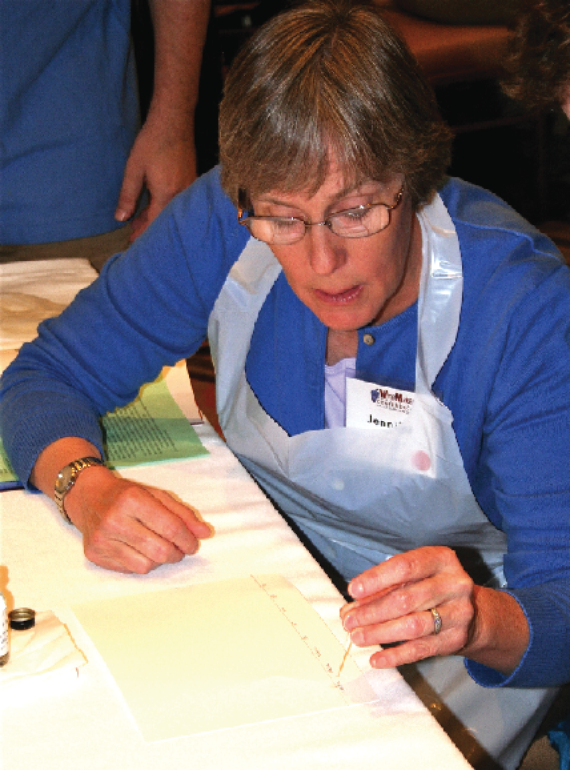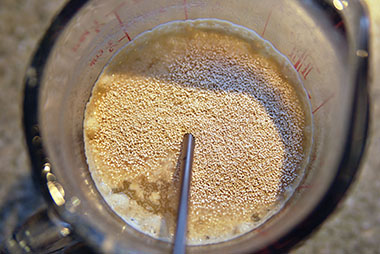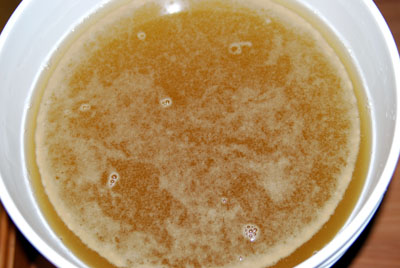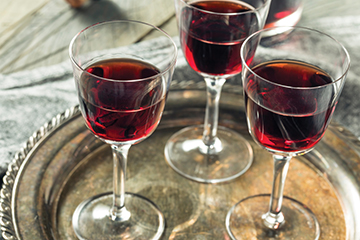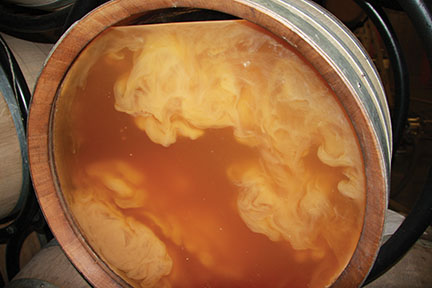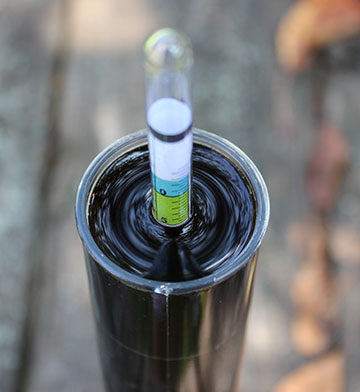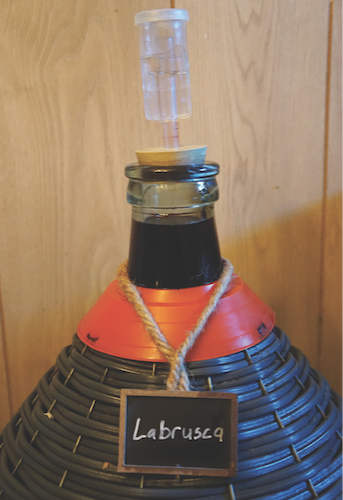Topic: Yeast & Fermentation
Malolactic Fermentation Timing
Home Winemakers, Let’s Take a Vote: Those of you who put your wines through malolactic fermentation only after the alcoholic fermentation is complete, raise your hands. Now those of you who do
Kombucha In My Winery?
Just like I would not let a buddy of mine do any Brettanomyces beer-brewing experiments in my winery, so should you not do Kombucha and wine together in your kitchen (or garage)
Pairing Yeast with Grape
Start with the grapes. Whether you make wine at home from fresh grapes, juice, or frozen must, there are many influences over the quality and character of your wine. Grape variety itself
Yeast Impact on Wine Aroma and Flavor
If you are of the opinion that yeast selection does not matter and that the only role of yeast is to convert sugar into ethyl alcohol (ethanol), you may have been missing out on making more complex wines.
Fermentation Troubleshooting with Wine Kits
The failure rate of wine made from kits is very low. Looking back at my database for the last 14 years and eliminating the weirder stuff (you simply would not believe how
Using Variable Volume Wine Tanks
Over the past few years I have made larger and larger batches of wine, and as a result the number of carboys I use has really added up. Each year I try
Malolactic Fermentation for Beginners
A quick explanation of what malolactic fermentation is, and how/when you may want to do it.
Stopping Fermentation
Learn how to stop fermentation before reaching dryness, plus when and why a winemaker may wish to do so.
Co-Inoculation with Wine Yeasts and Bacteria
Ask 5 winemakers and you may get 6 opinions about co-inocculation. But what does the science say?
Fermentation Troubles
Hi Lauren, great question. There are so many steps along the way where a fermentation can get into trouble, or “go pear shaped” as my interns from New Zealand used to say.
Wild Yeast Fermentation
Wild or native yeasts, according to a general definition, occur naturally in the air or on surfaces. While the word, ‘wild’ might give the romantic impression that winemaking’s native yeasts come from
Modern Malolactic
There once was a time when MLF only happened spontaneously in winemaking. These days, however, winemakers have more choices when it comes to performing MLF.
Sur Lie Aging & Bâttonage
An introduction to sur lie aging and why you may want to consider it for your next batch.
Measuring Brix in Fermentation
Like most everything in winemaking, the glib answer is, “It depends.” The real answer, however, is much more complex and as you intimate, experience can play a large part in fine-tuning your
Restart Stuck Fermentations
All home winemakers wish — and strive — for fermentations that go smoothly and completely to the desired finish, usually dry wine. When things go wrong, a frequent problem is a stuck
Year in the Life of a Wine: Part IV (Good Fermentations)
In the fourth installment of our year-long series about how homemade wine is made using home-grown grapes in Upstate New York, it’s time to check on finished fermentations and prune the grapevines.
Special Purpose Wine Yeasts
Yeast are fairly simple, single-celled organisms. But their diversity, functionality, and ability to adapt is why humans, and especially winemakers love these fungi so much. Bob Peak takes us through several strains that winemakers should know are available.
How Wine Yeast Works
In addition to alcoholic fermentation, the yeast used to ferment wine also metabolize other substances into byproducts. Learn more about how wine yeast works.
What To Consider When Selecting A Yeast
Ah that is a wonderful and complex question. When a winemaker chooses to inoculate for fermentation (which I generally recommend) there are many factors to take into account when making that choice.
Using Yeast Nutrients
One of the most important conditions for your yeast to thrive is an abundance of nutrients. If the must doesn’t provide enough naturally, it’s time to add yeast nutrients. Use these tips to know when it’s time to add nutrients, and what types your yeast need to complete a successful fermentation.
Wild Fermentations
Well, I would’ve inoculated right off the bat if I didn’t see anything happening within 24 to 48 hours. Contrary to popular belief, yeast cells that can carry out a complete alcoholic
Selecting Yeast Roundtable
For tips on selecting the best strains to get the job done, we asked four experts with various wine and yeast-related backgrounds to give us a hand.
Yeast Trials With Wine Kits
Just because your wine kit comes with a certain yeast, that doesn’t mean you can’t experiment with other options.
To Malo Or Not To Malo?
Many home winemakers are uncertain on whether or not to have their wines go through malolactic fermentation. This is not surprising since there is no “one size fits all” approach to the decision and using malolactic fermentation (MLF) depends on the type and style of wine that you are trying to make.
Cool Fermentations
Want to preserve the delicate aromas in your white wines? Learn these hot tips for running a cool fermentation.
